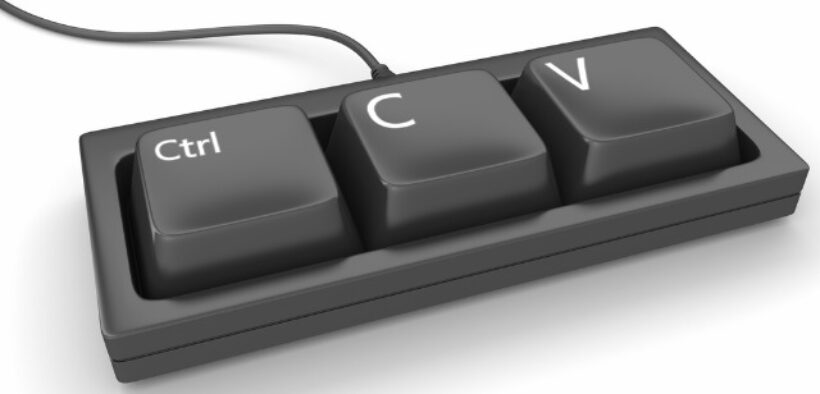Cheating and its related issues have been studied extensively for decades. There’s an overwhelming amount of literature. However, results from the past and the present confirm that cheating has been and continues to be a serious problem in higher education.
Here’s an overview of what’s been studied and is known about cheating. The answers provided are broadly supported by the research and illustrated here with brief highlights from a few sample studies. This overview focuses on work published since 2000. Plenty of good research was done before then and is well summarized by McCabe, Trevino, and Butterfield (2001). The findings reported previously continue to be supported by more recent research.
How widespread is cheating? It depends on the study but most report the percentage of students who cheat in the 50-90% range.
Cheating in classrooms
- 75% of 824 students in 14 different graduate and undergraduate business classes. (Chapman, David, Toy, and Wright, 2004)
- 5% of all students at a small liberal arts institution. Cheaters were defined as students who more than once engaged in any one of 17 cheating behaviors. (Kidwell, Wozniak and Laurel, 2003)
- 92% of students surveyed in an online business course had cheated or knew someone who had (Jones, 2011)
- 86% of a 268-student cross disciplinary sample reported they had cheated (Klein, et. al. 2006)
- Almost 75% of a cohort of 121 undergraduate business students believe that was easier to cheat in online courses than in traditional classrooms (King, Guyette, Piotrowski, 2009).
- When 84 MBA and undergraduate business were asked, 47% of MBA students and almost 38% of undergraduates thought it was easier to cheat in online courses (Larkin and Mintu-Wimsatt, 2015)









